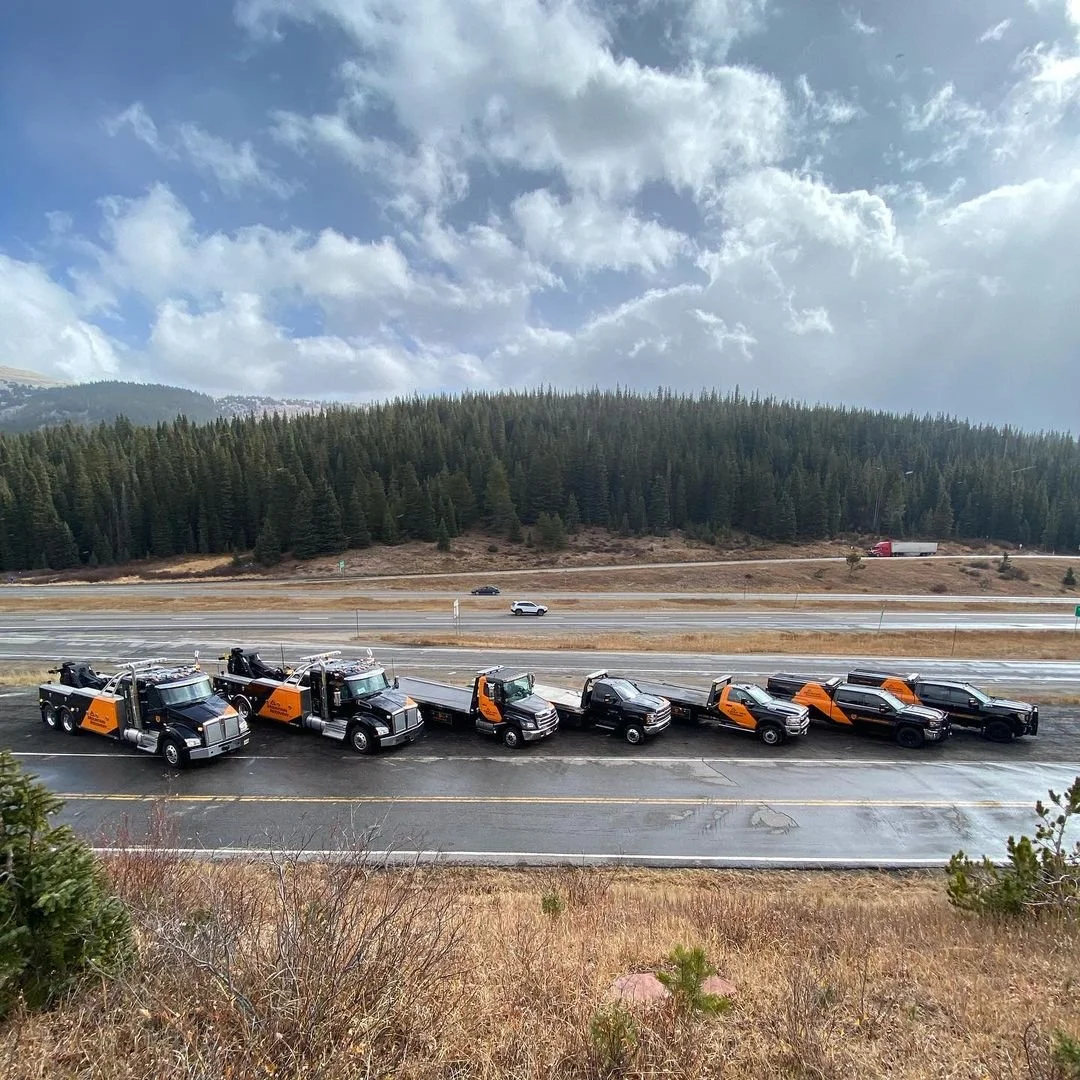The Evolution of Towing: From Ropes and Winches to High-Tech Solutions
Towing has come a long way from its rudimentary beginnings to the sophisticated services we rely on today. As vehicles have evolved, so too have the tools and techniques used to rescue them when trouble strikes. This journey through the history of towing reveals not just technological advancements but also the growing importance of safety and efficiency in roadside assistance.
Early Days: Simple Solutions for Complex Problems
In the early days of automobiles, towing was a far cry from the streamlined operations we see today. Before the advent of the tow truck, stranded motorists often relied on makeshift solutions like ropes, chains, and rudimentary winches to pull their vehicles to safety. Horses were sometimes used to pull early cars out of ditches or mud, highlighting the lack of specialized equipment.
As cars became more common, the need for a more reliable method of towing grew. The earliest tow trucks, which appeared in the early 20th century, were little more than modified cars or trucks with cranes attached. These early designs laid the groundwork for the more sophisticated vehicles that would follow.
The Birth of the Tow Truck: Ernest Holmes’ Legacy
The invention of the modern tow truck is credited to Ernest Holmes Sr., who in 1916 designed the first prototype after a friend’s car got stuck in a creek. Frustrated by the difficulty of pulling the car out, Holmes developed a truck with a pulley and crane system, which allowed for a much more efficient and controlled towing process. This invention revolutionized roadside assistance, and the Holmes brand became synonymous with towing for many years.
The basic concept behind Holmes’ design—using a winch and crane to lift and pull vehicles—remained the standard for decades. However, as vehicles became heavier and more complex, the towing industry had to innovate to keep pace.
Technological Advancements: From Hook and Chain to Wheel-Lift and Flatbed
The traditional hook-and-chain method of towing, while effective, often caused damage to the vehicles being towed. As a result, the 1970s saw the introduction of the wheel-lift system. This method involved using a metal yoke to lift the wheels of the vehicle off the ground, significantly reducing the risk of damage. The wheel-lift system quickly became popular due to its versatility and the reduced strain it placed on the vehicle.
The rise of the flatbed tow truck in the 1980s marked another significant leap forward. Flatbeds allowed vehicles to be fully lifted off the ground and transported without any contact between the towed vehicle’s wheels and the road. This method is particularly useful for transporting luxury or low-clearance vehicles, as it eliminates the risk of undercarriage damage.
The Digital Age: GPS, Telematics, and Automation
The turn of the 21st century brought digital technology to the forefront of the towing industry. GPS systems revolutionized dispatching, enabling tow trucks to reach stranded motorists faster and more efficiently. Telematics systems now allow for real-time monitoring of tow trucks, ensuring that help arrives as quickly as possible.
In recent years, advancements in automation and vehicle technology have begun to influence towing as well. Some modern vehicles now come equipped with self-recovery systems, and there is growing interest in how autonomous vehicles will be towed in the future. While the core principles of towing remain the same, these technologies are reshaping the industry in profound ways.
Conclusion: The Road Ahead
From ropes and winches to high-tech flatbeds and telematics, the towing industry has evolved to meet the changing demands of modern vehicles and their drivers. As technology continues to advance, the future of towing promises even greater efficiency, safety, and innovation. Whether you’re driving an electric vehicle or a classic car, you can rest assured that towing services will continue to adapt, ensuring that help is always just a call away.

